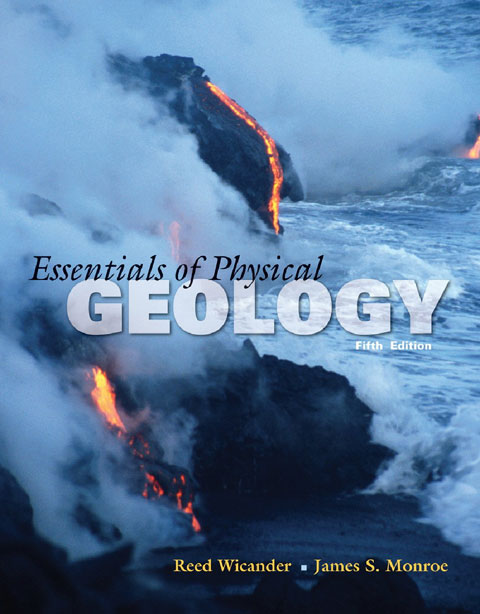

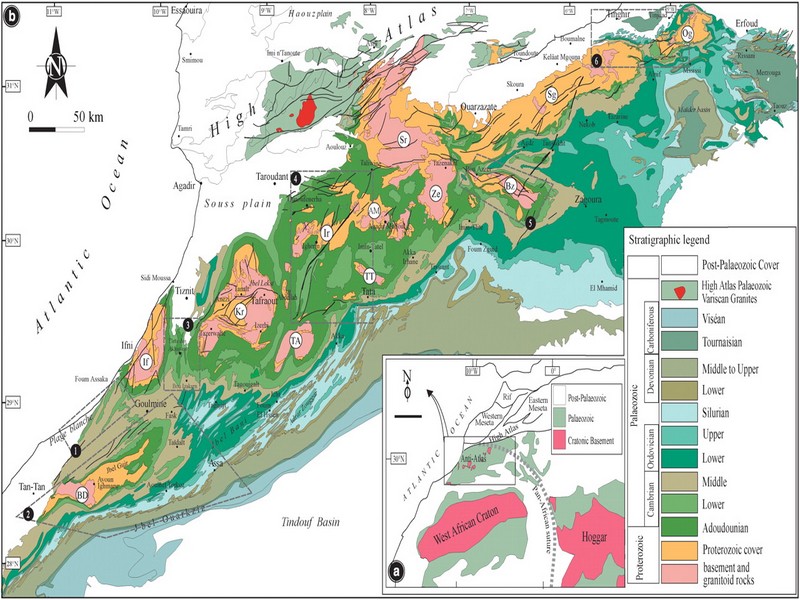
A short overview of the Anti-Atlas, Morocco
DR.Hervé Rezeau, DR.Cyril Chelle-Michou & DR.Michael Calder
SEG Student Chapter of Geneva (Switzerland)
SEG Student Chapter of Montpellier (France)
INTRODUCTION
Geology of Morocco has been subdivided into four structural domains, from north to south they are the following: the Rif domain, the Meseta domain, the High Atlas, and the Anti-Atlas, as they are shown in (Figure 1).
The Rif Range extends along the Mediterranean coast from the Kabylian-Tellian belts up to the Strait of Gibraltar. South of it, the Meseta domain is located, where elevated plateaus and intramontane basins occur. Further south the High Atlas system is found, which displays several massifs close to 4000 m, including the highest peak of northern Africa (Jebel Toubkal). The Middle Atlas represents a branch of the Atlas system that extends obliquely across the Meseta domain, and exceeds 3000 m in elevation. Finally, the Anti-Atlas domain is found, which rises forming a massive mountain that achieves up to 2700 m. Further south the elevation decreases both southward and westward from ca. 1000 m to less than 200 m close to the Atlantic.
Figure 1: Elevation map of Morocco and neighbouring countries from GTOPO30 database (A. Michard et al. 2008)
GEOLOGICAL SETTING OF THE ANTI-ATLAS
The Anti-Atlas mountain belt is located in the northern part of the West African Craton (WAC). It is stretching NE-SW and is characterized by Precambrian to late Proterozoic rocks covered by younger sediments of Edicaran to Cambrian in age. The geological boundary between the Anti-Atlas and High Atlas is structurally marked by the South Atlas fault (SAF) (Fig.2). The Anti-Atlas massif is a zone of wide domal uplift with much weaker Alpine age deformation. The volcanics and conglomerates rocks from the Ouarzazate & Bou Salda group in the North-East are surrounding the older volcanics rocks
The Anti-Atlas mountain belt is located in the northern part of the West African Craton (WAC). It is stretching NE-SW and is characterized by Precambrian to late Proterozoic rocks covered by younger sediments of Edicaran to Cambrian in age. The geological boundary between the Anti-Atlas and High Atlas is structurally marked by the South Atlas fault (SAF) (Fig.2). The Anti-Atlas massif is a zone of wide domal uplift with much weaker Alpine age deformation. The volcanics and conglomerates rocks from the Ouarzazate & Bou Salda group in the North-East are surrounding the older volcanics rocks and turbidite sequences from the Sahgro Group and the Pan-African granite intrusions. This geomorphological feature is commonly called inliers (“boutonnière” in French) and is the result of an exposed older rock formation surrounded by younger rock, and is due to a high erosion rate of rocks with different hardness but also encouraged by deformation such as folding and faulting (Gasquet et al. 2005). Several slivers of ophiolites are present in the Anti-Atlas belt, the best preserved are situated in the Bou Azzer, Siroua and Iriri region, which represent remnant of an ocean closure. The basement is composed of schists, granites and mylonites of Paleoproterozoic age. The latest Variscan and Alpine orogenic events overprint most of the Anti-Atlas geological province and thus complicate the Pre- Cambrian geodynamic interpretation. However, two main periods of tectono-thermal magmatic activity (Gasquet et al. 2005) are now recognised :
(i)A Palaeoproterozoic period, corresponding to the Eburnean (Birimian) orogeny,
(ii)A Neoproterozoic period, corresponding to the Pan-African orogeny.
Figure 2: Schematic map of the Anti-Atlas Precambrian inliers (Boutonnière), and location of the maps, satellite views and lithospheric profile presented hereafter (Gasquet et al. 2008)
Source web : DR.Hervé Rezeau, DR.Cyril Chelle-Michou & DR.Michael Calder unige.ch
Les articles en relation
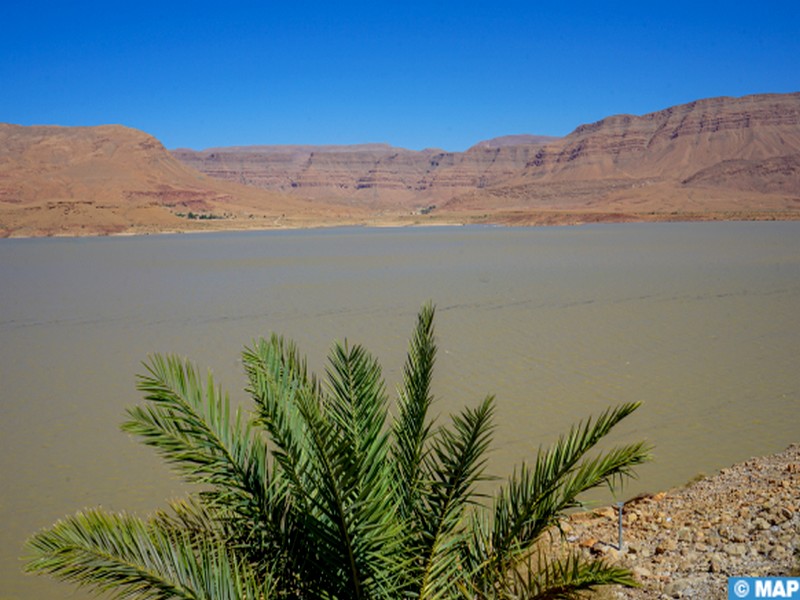
Drâa-Tafilalet : des pluies bienfaitrices redonnent espoir après des années de sécheresse
Drâa-Tafilalet : des pluies bienfaitrices redonnent espoir après des années de sécheresse Errachidia – Après plusieurs années marquées par des périodes de sécheress
Savoir plus...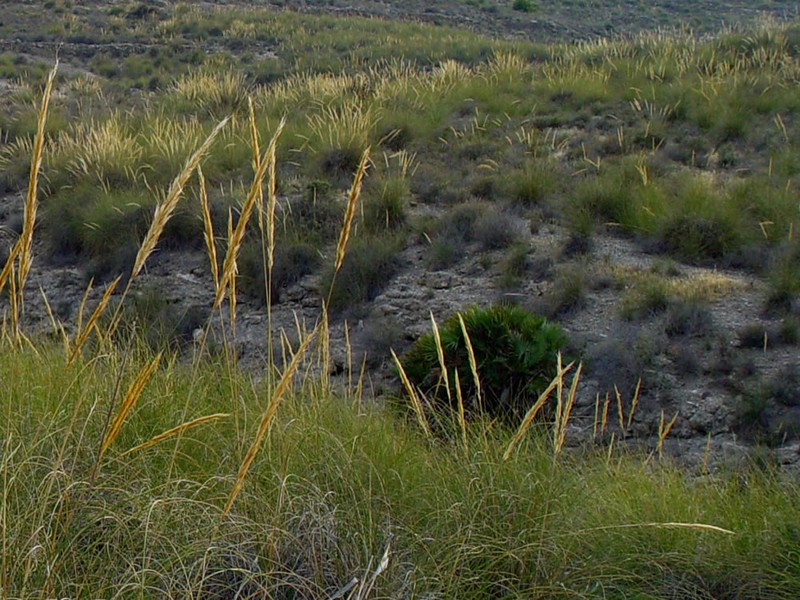
Alfa, l’herbe du désert
Alfa, l’herbe du désert “L’alfa” (Macrochloa tenacissima) est cette plante herbacée vivace originaire des régions arides que l’on trouve aussi dans le désert. De l’Arabe
Savoir plus...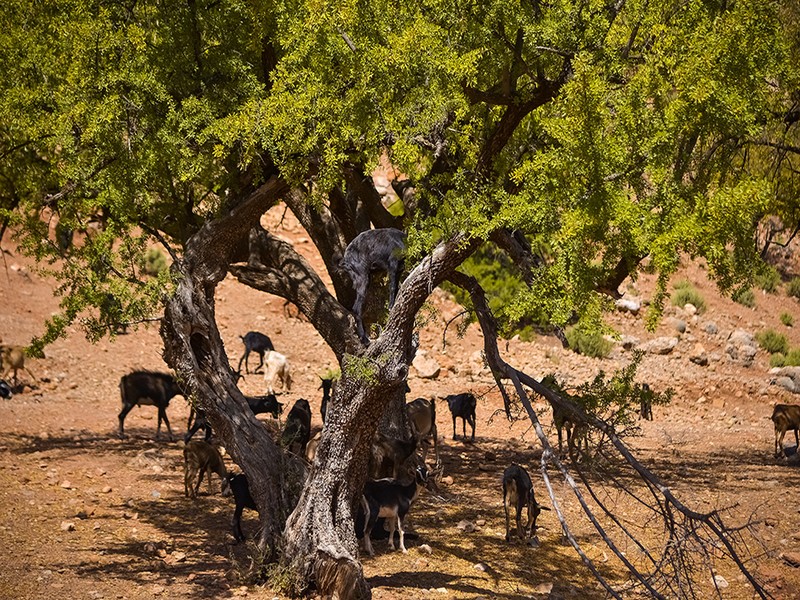
FLORE (Géoparc Jbel Bani)
FLORE (Géoparc Jbel Bani) La découverte de la région de Souss-Massa permet une immersion dans un univers où la nature s’exhibe avec splendeur. Vous serez presque instinctivement emportés par l
Savoir plus...
Atlas, le robot de Boston Dynamics, toujours plus étonnant et agile
Dans une nouvelle vidéo tournée par Boston Dynamics, on découvre le robot humanoïde Atlas en train d'effectuer un « parkour » démontrant ses progrès. Nous l'avions quitt&eac
Savoir plus...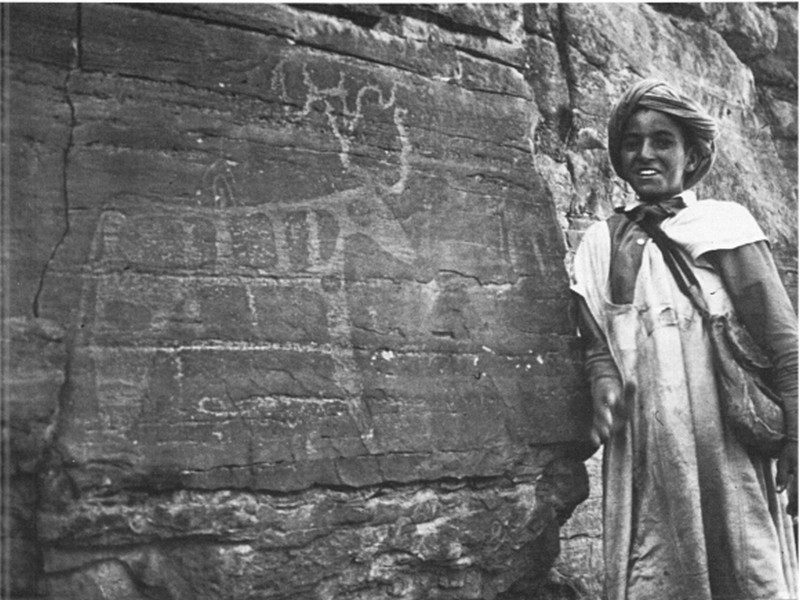
Les Berbères de l’Anti-Atlas
Les Berbères de l’Anti-Atlas Depuis environ trois millénaires, l’Anti-Atlas est peuplé de Berbères. A l’ouest les Chleuhs parlant le dialecte tachelhit sont des sédentaires c&eacut
Savoir plus...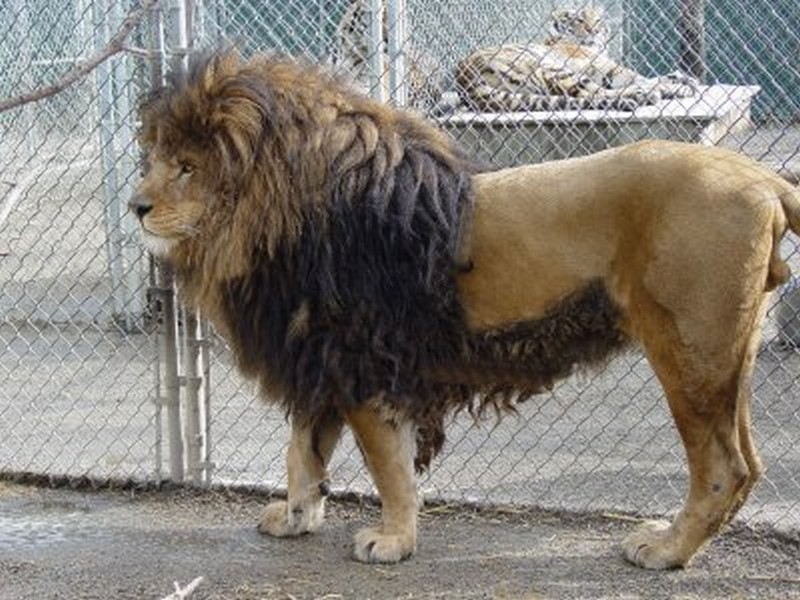
La réapparition surprenante du lion de l’Atlas durant les années 70
Le lion de l’Atlas, symbole absolu de la monarchie marocaine et du Maroc, fait depuis quelques années, l’objet de plusieurs études en raison de son mystérieux parcours. Aujourd’hui, c’est l&r
Savoir plus...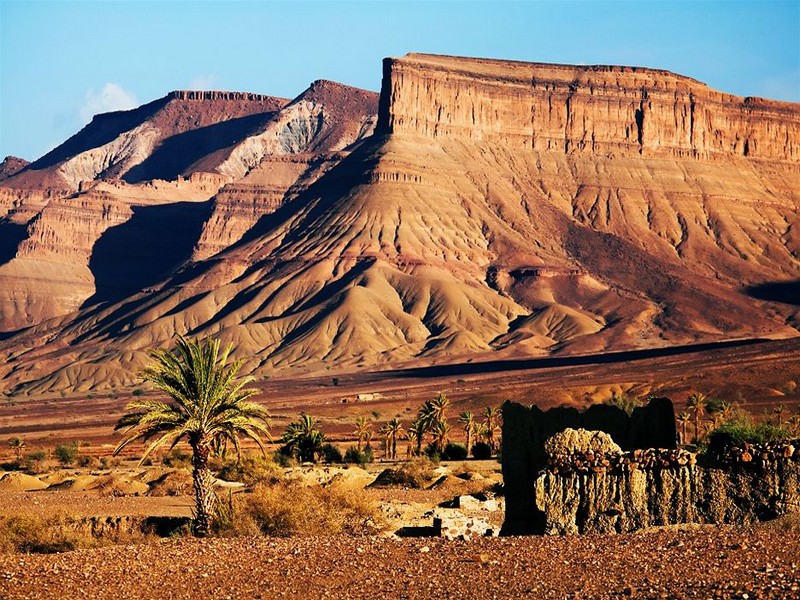
Rififi autour du géopark de Jbel Bani
Rififi autour du géopark de Jbel Bani Alors que le Conseil provincial de Tata a procédé à la création de la Fondation provinciale du Bani Geopark, lors de sa dernière session, l’associa
Savoir plus...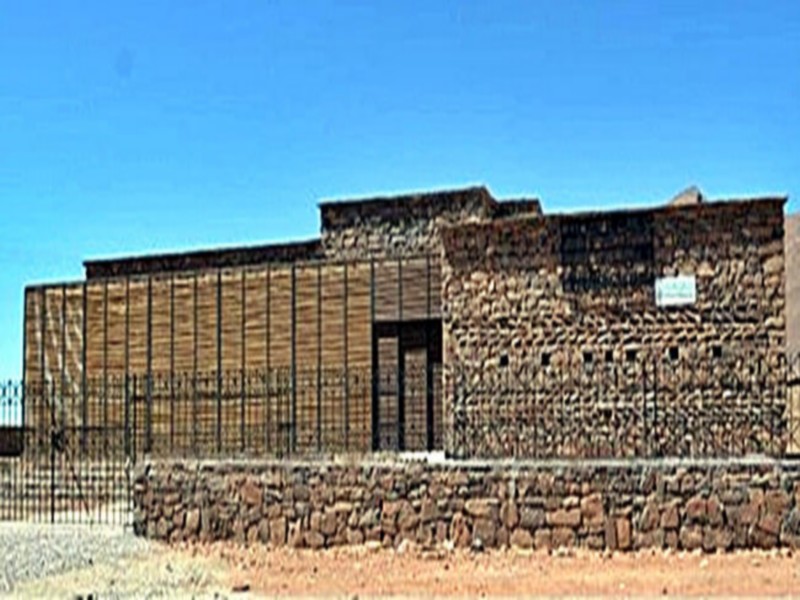
Entre Tata et Icht, un centre culturel en pierres sèches signé Salima Naji
Entre Tata et Icht, un centre culturel en pierres sèches signé Salima Naji L'architecte et anthropologue franco-marocaine Salima Naji a encore frappé, elle qui a déjà puissamment contribué
Savoir plus...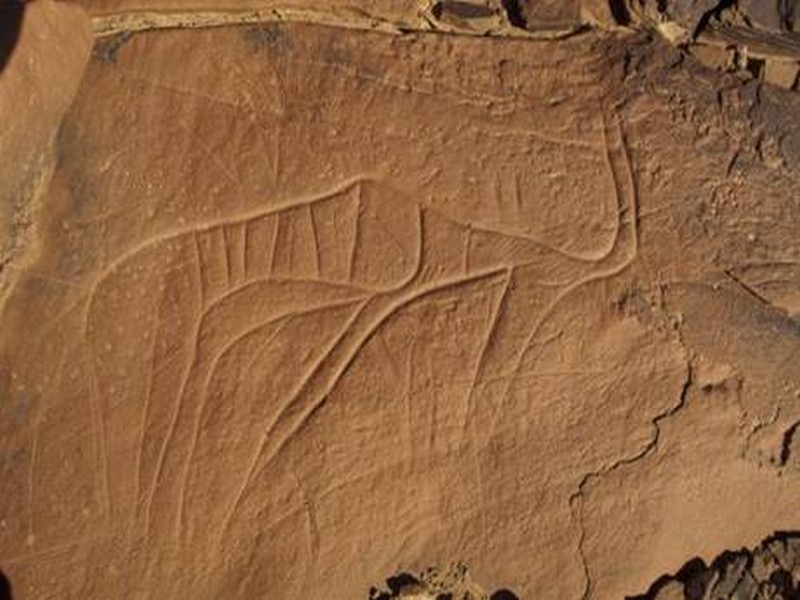
Des chercheurs espagnols et marocains étudient l'art préhistorique du sud du Maroc
Des chercheurs espagnols et marocains étudient l'art préhistorique du sud du Maroc Un groupe de chercheurs espagnols et marocains s’est lancé dans la troisième phase d’une étude arch
Savoir plus...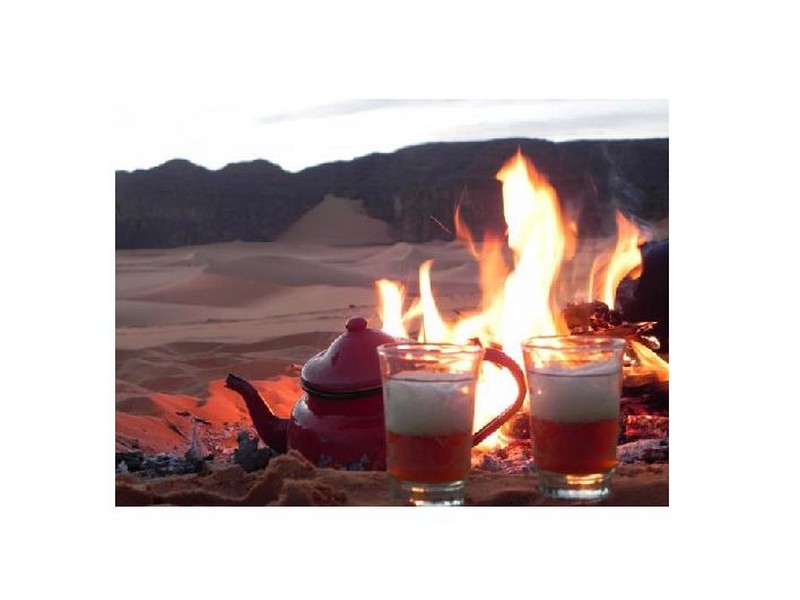
La Sabulum thérapie, les bienfaits du bain de sable
La Sabulum thérapie, les bienfaits du bain de sable Tous les étés entre les mois de mai et septembre, alors que le tourisme du désert est au point mort, les professionnels de l’hébergement de
Savoir plus...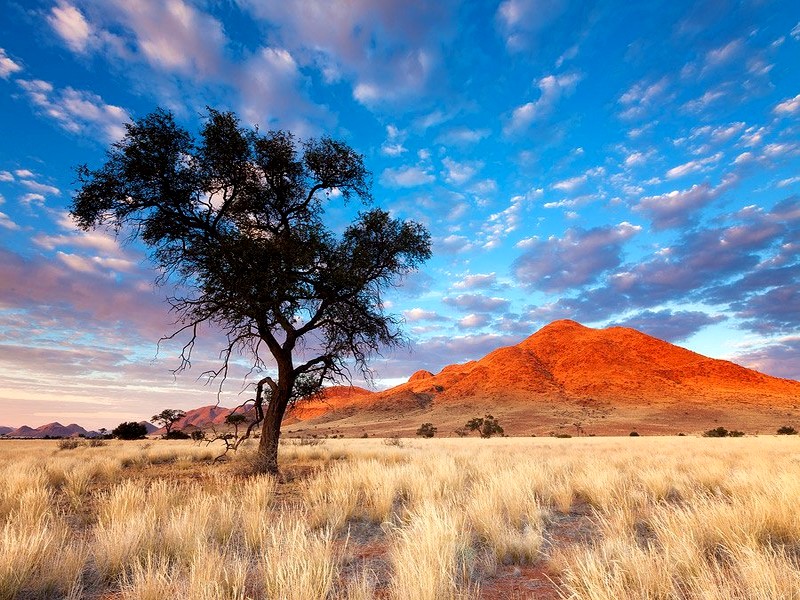
Maroc : Environnement
Maroc : Environnement Géographie, faune et flore du Maroc Largement ouvert sur le littoral atlantique et méditerranéen, le Maroc est relativement isolé du reste du continent africain par la chaîne
Savoir plus...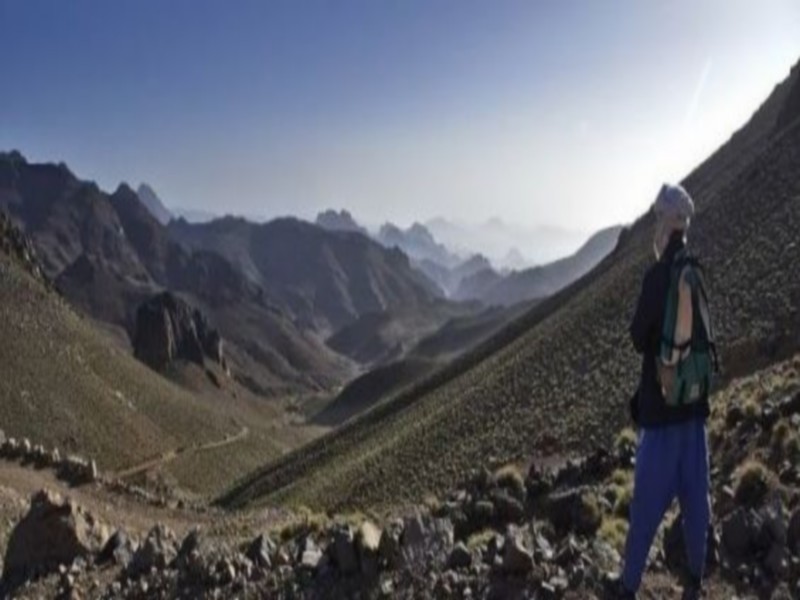
Jbel Saghro, paysage lunaire et fief de la tribu nomade légendaire des Ait Atta
Jbel Saghro offre des paysages à couper le souffle. Un endroit idéal pour faire des randonnées et des trekkings sur plusieurs jours. La région aux roches volcaniques de Saghro est notre volet touristique de l
Savoir plus...Les tags en relation
En savoir plus sur " Géologie et TSGJB - AMDGJB "
Consulter les vidéos de " Géologie et TSGJB - AMDGJB " Consulter les photos de " Géologie et TSGJB - AMDGJB " Consulter les publications de " Géologie et TSGJB - AMDGJB " Consulter les éditions de " Géologie et TSGJB - AMDGJB " Consulter les communications de " Géologie et TSGJB - AMDGJB "Recherche du site
Recherche avancée / Spécifique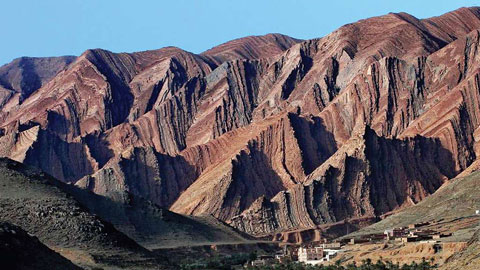
Géoparc et Recherche Scientifique
Le coins de l’étudiant
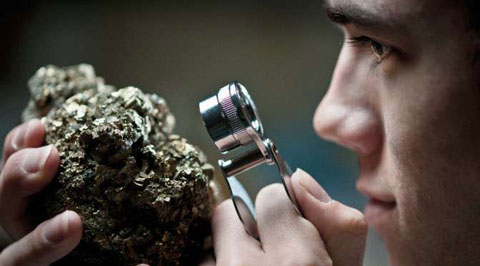

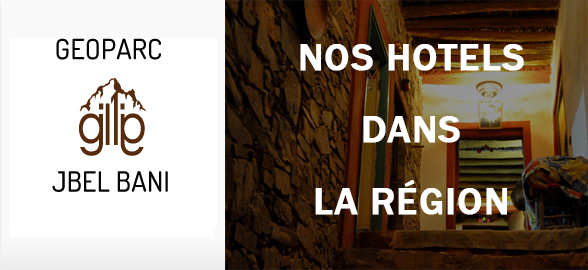
Blog Géoparc Jbel Bani
Dictionnaire scientifique
Plus de 123.000 mots scientifiques
Les publications
Géo parc Jbel Bani

Circuits & excursions touristiques

cartothéques
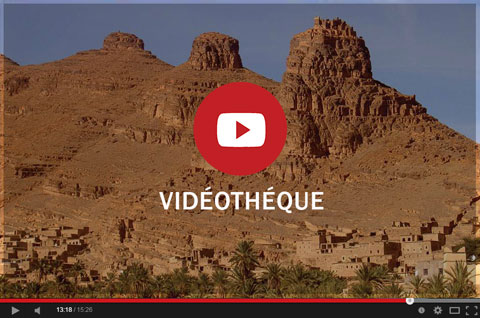
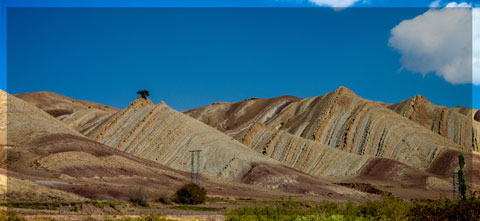
Photothéques
Publications & éditions
